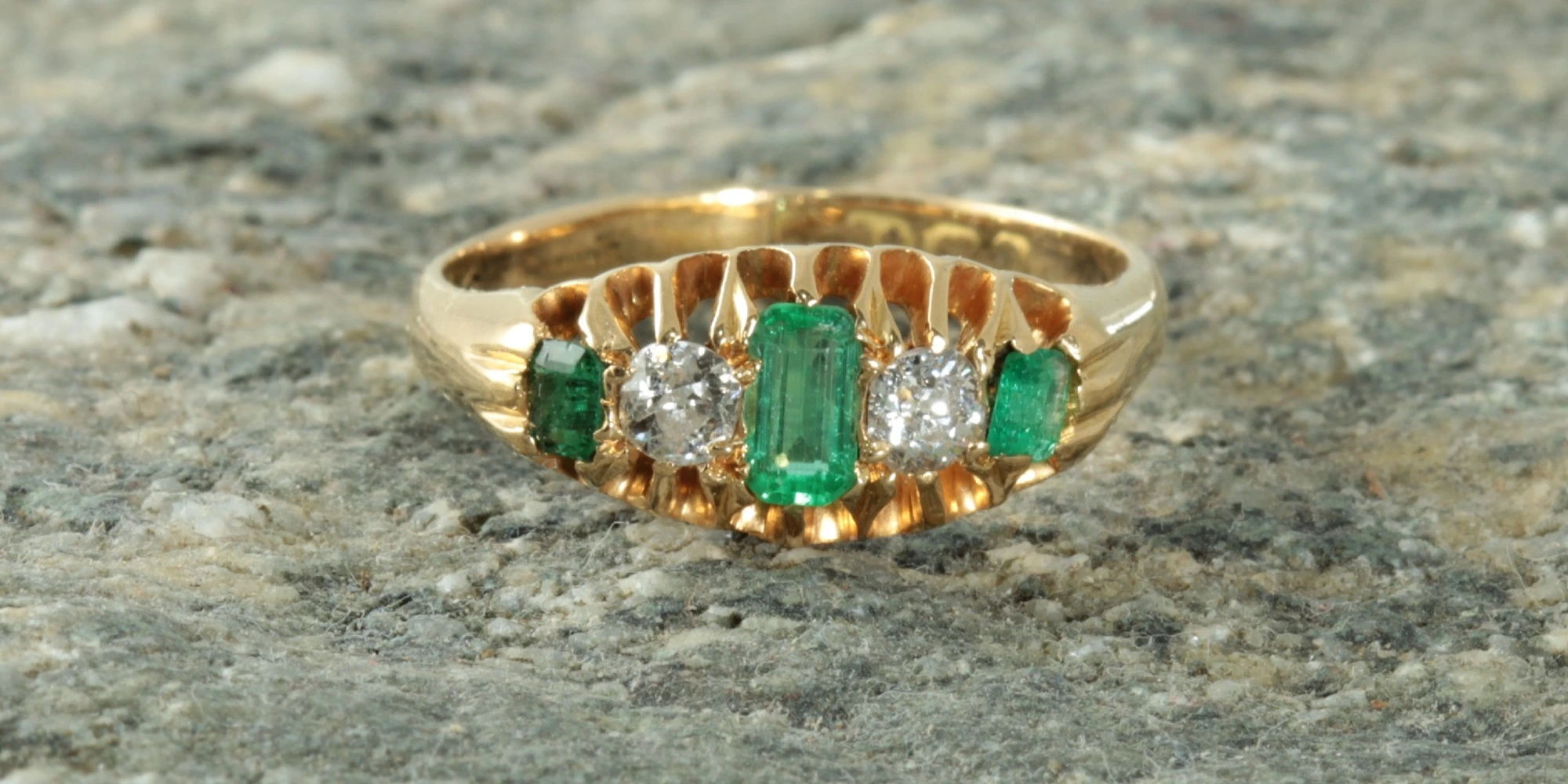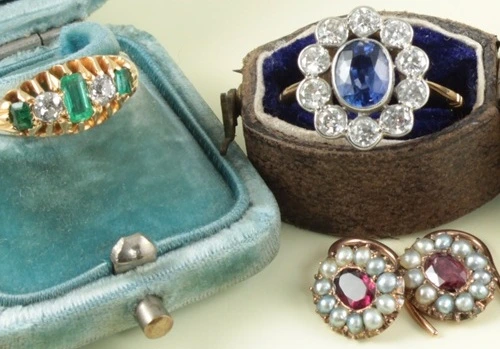Emerald
The gemstone Emerald belongs to the beryl group and is the most precious variety of beryl. The other varieties of beryl are Aquamarine, Morganite, Red and Green beryl, Heliodor, Maxixe, and Goshenite. The stone derives its colour from the element chrome, while green beryl is coloured by vanadium. The colouring agent chrome is oftentimes distributed unevenly throughout the gemstone and as such there are often varying shades of green within a given stone. The element chrome is very stable when exposed to light and as such this gemstone is not sensitive to sunlight. Emerald has a hardness of 7.5 – 8 on Moh`s scale of hardness, which is quite high but this gemstone is brittle. As such heat treatments are never applied as the stone will crack and shatter. Instead, it is typically treated with oil to fill microscopic fissures that reach the surface. This treatment is superficial and is done to improve the gem’s clarity. There is no treatment for large fissures which do not reach the surface. Due to its brittle nature, a step cut was developed to truncate the corners with facets. This cut became known as the emerald cut. Emeralds that are particularly clouded are called Turbid stones. These are typically used for cabochons or made into beads for necklaces. These clouds of inclusions are often called Jardin, which is French for Garden because they resemble moss or a garden and are not classified as faults. But rather used as evidence of the genuineness of the stone compared to synthetic gemstones.
History
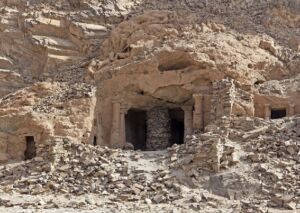
Emeralds were first discovered in Colombia by Don Gonzalo Jimenez de Quesada in 1538. He discovered the mines in the Muzo area which is in the western Boyaca region of Colombia. The Muzo mines were in operation for at least 500 years before the Spaniards arrived in Colombia. The Inca and Aztec people mined Emeralds at Muzo and used the gemstone in jewellery and religious rituals. Today Colombia is the world’s largest producer of Emeralds. The gemstone was also mined in Austria from the Habachtal deposit. The Habachtal deposit was historically the main source of Emerald in Europe. It is believed to have been mined by the Celts and the Romans as far back as 800 BC. Emerald originating from the Habachtal deposit, have been found in the ruins of Pompeii. The Habachtal Mine has remained in almost continuous use right up to the present day. Mining still continues there on a small scale, producing specimens for private collectors.
Folklore
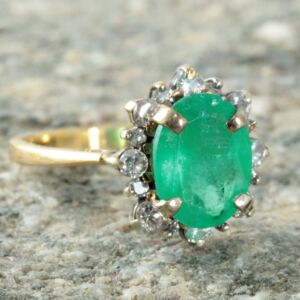
The Romans believed that Emerald was the sacred stone of the goddess Venus, the goddess of love. The stone was said to protect lovers from unfaithfulness and to bring loyalty and unconditional love to the wearer. The Romans also believed the stone to be a powerful source of protection against evil. In the presence of evil or falsehood, the stone is said to change colour and turn pale.
Famous Emeralds
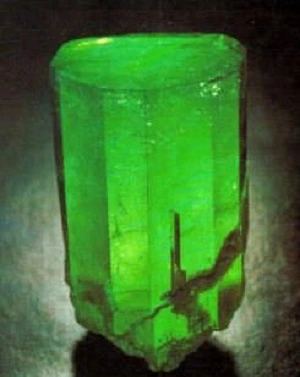
Guinness Emerald
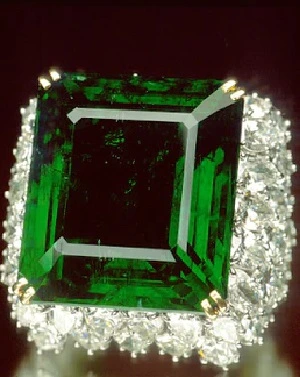
The Chalk Emerald
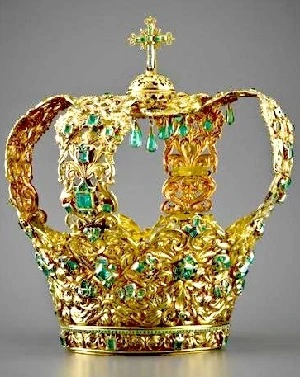
Crown of the Andes
Emerald Gemological Data
Colour: Emerald green, green, yellow-green.
Colour of Streak: White.
Moh`s hardness: 7.5 – 8
Density: 2.67 – 2.78
Cleavage: Indistant.
Fracture: Small concoidal, uneven, brittle.
Crystal system: Hexagonal prisms.
Transparency: Transparent to opaque.
Chemical composition: AI2Be3 [Si6O18] Aluminium berlyllium silicate.
Refractive index: 1.565 – 1.602
Double refraction: -0.006
Pleochroism: Definite; green, blue-green to yellow-green.
Dispersion: 0.014
Fluorescence: Normally none.
For Researchers and Journalists
Recommended Citation (MLA) Format:
Hoyne, John. “Emerald Gemstone.” Carus Jewellery, n.d., https://carusjewellery.com/emerald/.
You can also get in touch with Carusjewellery.com on Facebook , were you may leave any comments or questions you may have about this article.

